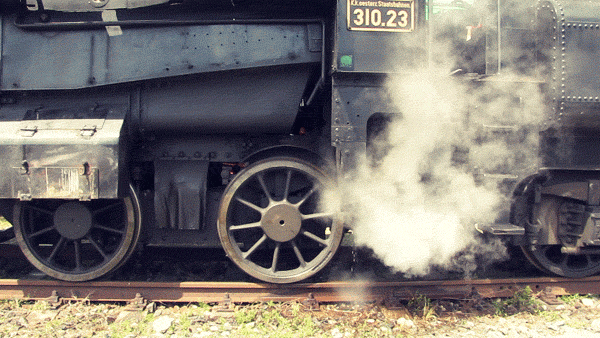While in Linz
 As I mentioned yesterday, I did not have much time to take photos while I was in Linz. I got into the city to take photos only for about a hour in total during the whole week. But on the other hand, I visited few nice places there.
As I mentioned yesterday, I did not have much time to take photos while I was in Linz. I got into the city to take photos only for about a hour in total during the whole week. But on the other hand, I visited few nice places there.
One of them was the Ars Electronica museum in the middle of the city. There I saw the Deep Space presentation, which is something like a 3D movie, projected onto the screen, but also on the floor. Seeing a space simulation (something like Google Earth) or a psychedelic 3D animation is quite interesting and worth a visit.
Ars Electronica in Linz
And the photo today is also of the Ars Electronica, during the blue hour. The museum (same as other buildings in the city) light up with bright colorful neon light in the evening. It makes for a nice view, but it’s a bit hard to capture them properly with a camera sensor.
This is a blend of three exposures, done in Photoshop.










